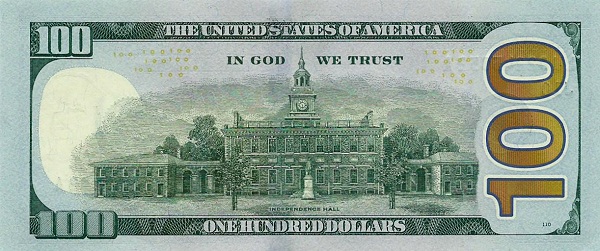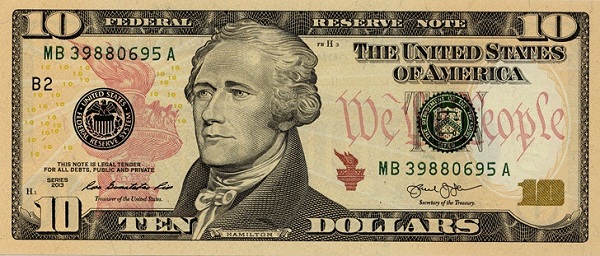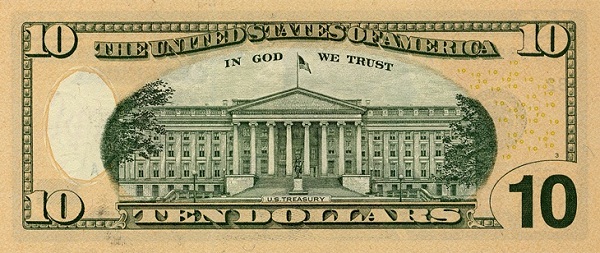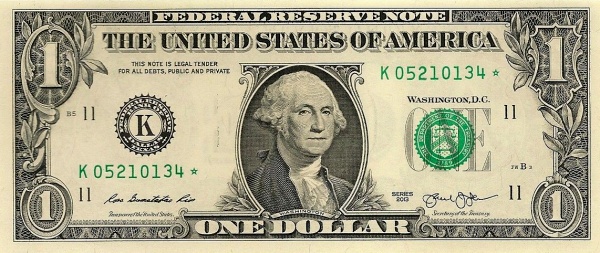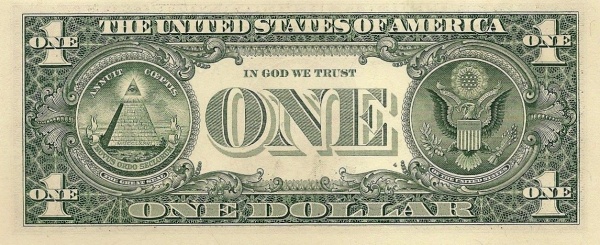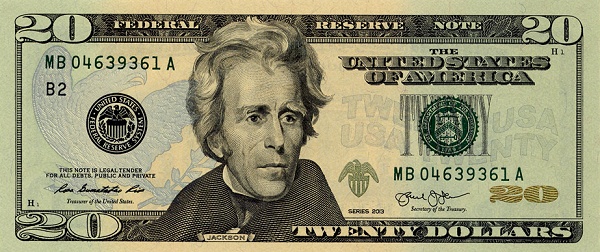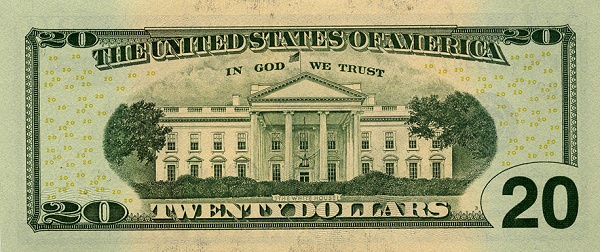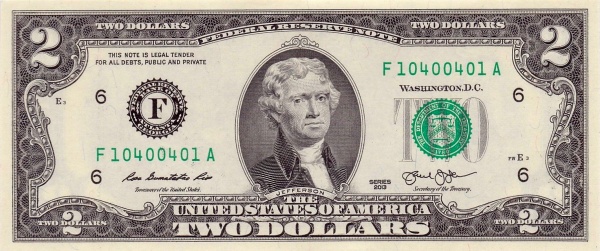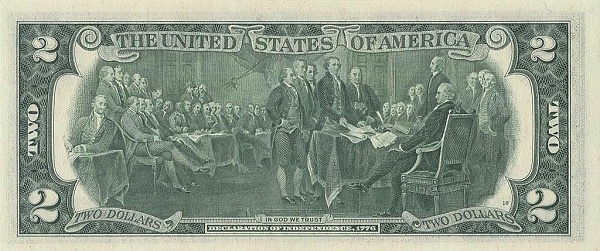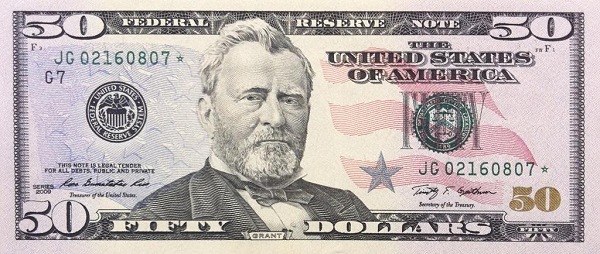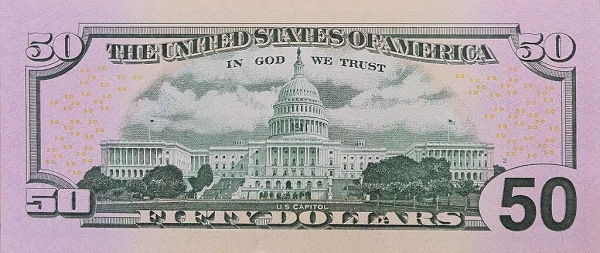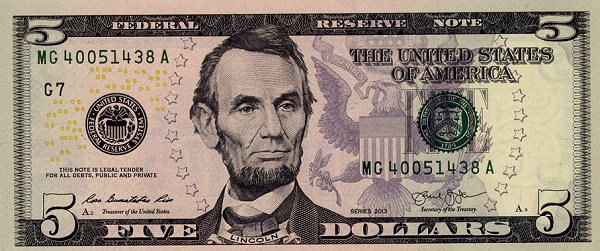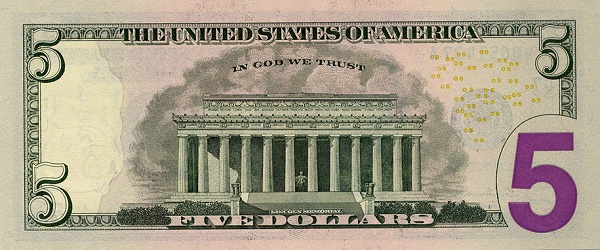Exploring the Marshall Islands: An Enchanting Pacific Nation
The Marshall Islands, a beautiful collection of 29 atolls and 5 distinct islands, boasts a unique culture, vibrant community, and stunning landscapes. Spanning approximately 1,225 individual islands and 870 coral reef systems, this captivating nation lies within an expansive region of over 750,000 square miles in the Central Pacific. Residents proudly embrace their rich heritage and distinct identity, making the Marshall Islands a fascinating destination for those seeking to learn more about this Micronesian paradise.
Geopolitical Significance of the Marshall Islands
In the heart of Oceania, the Marshall Islands shares maritime borders with neighboring countries such as Kiribati, the Federated States of Micronesia, Nauru, and Wake Island. In relation to larger regional neighbors, you can find it geographically close to Indonesia, Papua New Guinea, and the Philippines. This strategic location offers both opportunities and challenges, shaping the cultural and political landscape of the nation.
A Brief History of the Marshall Islands
The history of the Marshall Islands reveals a complex relationship with the United States. After nearly forty years as a US-administered territory within the UN Trust Territory of the Pacific Islands, the Marshall Islands gained independence on October 21, 1986, under a Compact of Free Association. Nevertheless, the islands continue to address compensation claims arising from US nuclear testing conducted between 1947 and 1962. This historical context shapes the identity of the Marshallese people and their outlook on their environment.
Understanding the Government Structure
The Marshall Islands operates under a parliamentary democracy, aligning closely with the United States. The nation's constitution, established on May 1, 1979, provides a framework for governance as it navigates its independent status. This governmental structure reflects the shared values and principles of democracy while also incorporating local customs and traditions.
Geographical Wonders of the Marshall Islands
As small land masses, the 29 atolls and 5 islands of the Marshall Islands offer a diverse yet limited geographical landscape. The total land area measures only 181 square kilometers, which is roughly equal to 70 square miles. This contrasts dramatically with the expansive ocean territory it occupies. The islands exhibit a tropical climate, characterized by a pronounced wet season from May to November. Climate change poses a significant threat to these low-lying coral atolls, making environmental conservation vital for the longevity of their ecosystems.
The Culture and People of the Marshall Islands
The richness of Marshallese culture presents a vibrant tapestry woven through language, religion, and tradition. The people of the Marshall Islands, known as Marshallese, number around 54,000, according to the 2010 census. Ethnic composition showcases a strong majority of 90% Marshallese, along with a small percentage of U.S., Filipino, Chinese, and New Zealanders. The predominant religions practiced include Christianity, with a strong emphasis on Protestant faith. Most citizens communicate in two principal dialects of the Marshallese language, supplemented by English, which serves as the official language.
Natural Resources and Economic Landscape
In terms of natural resources, the Marshall Islands are abundant with coconut products, marine life, and phosphate deposits. The economy thrives primarily on agriculture, with coconuts, tomatoes, melons, taro, breadfruit, and various fruits forming the backbone of local sustenance. Additionally, livestock such as pigs and chickens play a vital role in the dietary habits of the islands' inhabitants.
Industrial and Export Activities
The Marshall Islands’ economy further diversifies through industries such as copra processing, tuna canning, and tourism. Craftsmanship flourishes as artisans create unique items from local materials, including seashells, wood, and pearls. This blend of activities not only provides economic stability but also nurtures cultural expression.
Trade Relations of the Marshall Islands
Engaging in international trade, the Marshall Islands primarily exports its goods to partners such as the USA, Japan, Australia, and China. In contrast, the nation imports many essentials from the same countries, including New Zealand, Singapore, Fiji, and the Philippines. This mutual reliance highlights the significance of global partnerships in sustaining the islands’ economic health.
Conclusion: The Enduring Charm of the Marshall Islands
The Marshall Islands stand out as a captivating microcosm of culture, history, and natural beauty. With its deep-rooted traditions, breathtaking landscapes, and vibrant community, this nation continues to thrive despite modern challenges, including economic fluctuations and environmental changes. Visiting the Marshall Islands, one can appreciate the resilience and warmth of the Marshallese people, all while experiencing the unique attributes that define this remarkable Pacific paradise.
Largest cities of: Marshall Islands
| City Name | Population | Year of foundation | |
| Majuro | 27,000 | 1943 | |
| Ebeye | 15,000 | 1947 | |
| Laura | 2,000 | 1937 |
Marshall Islands: Money

